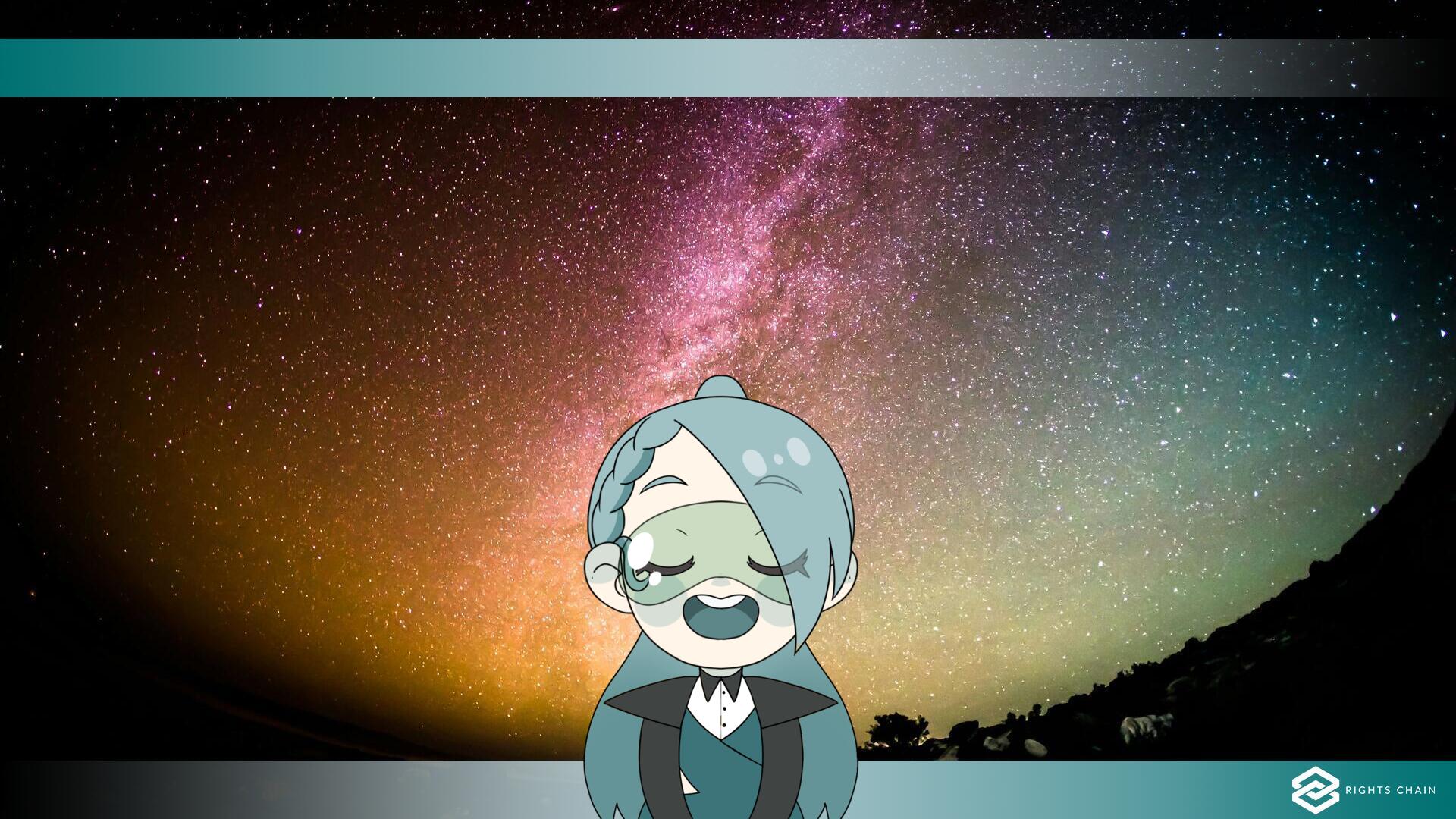An Astronomy Technique Could Detect Deepfakes Through People’s Eyes.
According to Nature, a British scientific journal specialising in peer-reviewed research into various academic disciplines, researchers at the University of Hull, UK, are using the CAS astronomical system to analyse the light reflected in a subject's eyes within an image.
The technique in question is a method often used by astronomers: it measures the concentration, asymmetry and smoothness of galaxies; combined with the statistical measurement of the inequality called the ‘Gini coefficient’, scientists are then able to study simulated galaxies compared with real examples.
Kevin Pimbblet, head of one of the departments at the University of Hull, recently stated that its application in the deepfake field is not foolproof, as both ‘false positives’ and ‘false negatives’ can be obtained as results - however, on the assumption that, in a real photograph of a person, the reflections of one eye should be very similar, though not necessarily identical, to those of the other, the research seems to be heading in the right direction.
